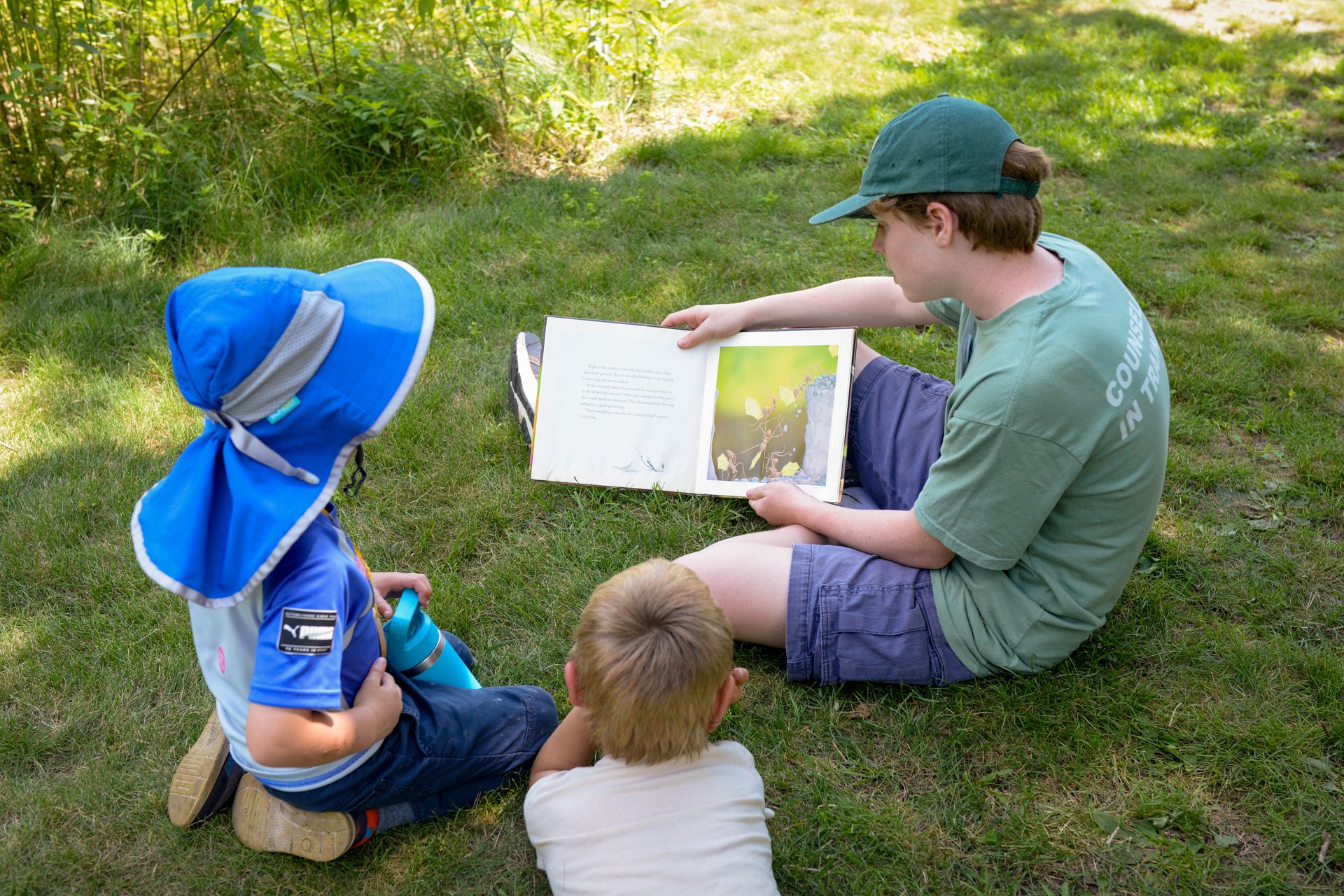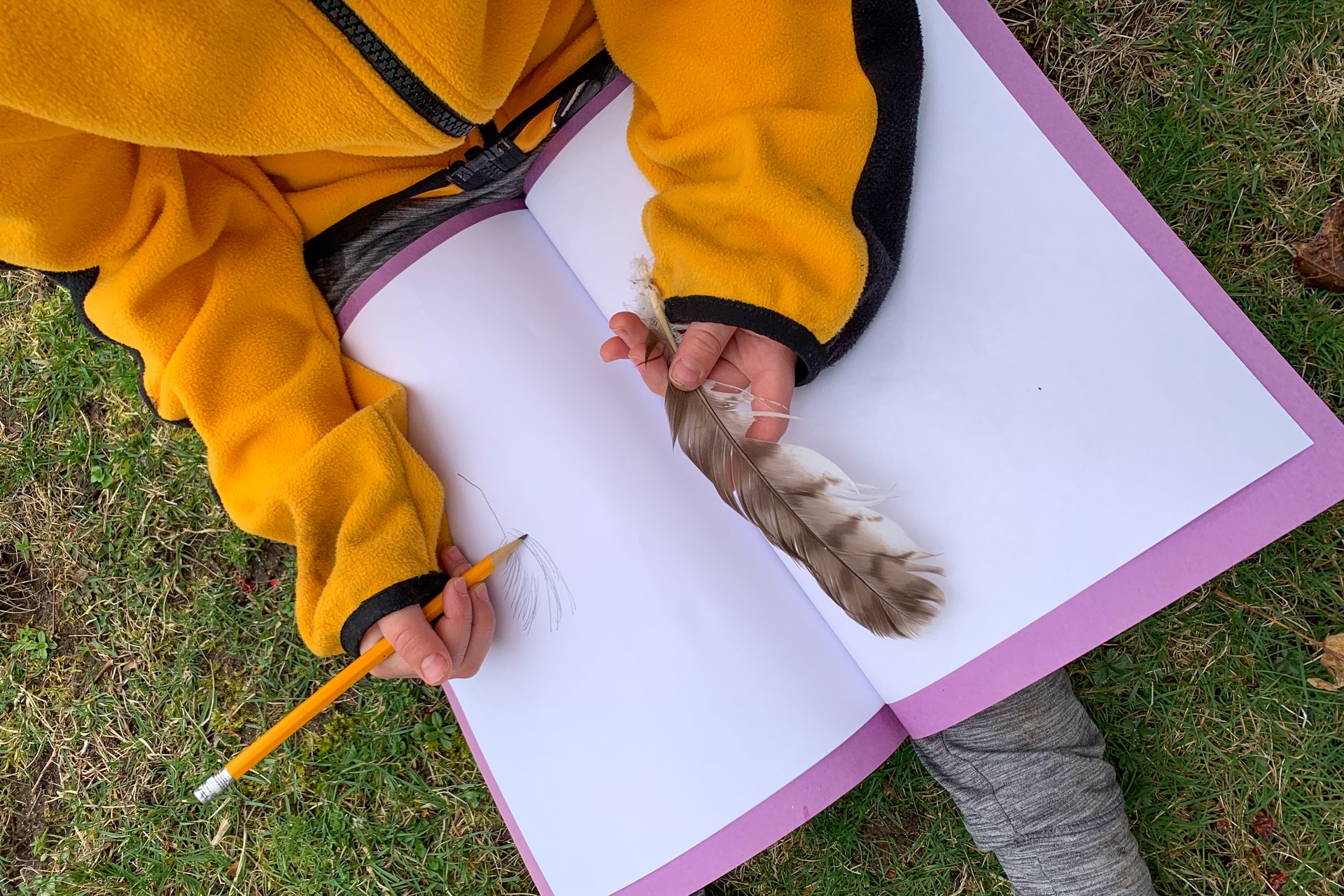Mass Audubon Shop
Browse our entire selection of outdoor gear, optics, books, gifts, cards, feeders, and more!
Hours and Location
208 South Great Road
Lincoln, MA 01773
781-259-2214 • Email
Thursday–Sunday • 10:00 am–4:00 pm
Other days by appointment (contact us to schedule)
Member Discount
Mass Audubon members get 10% off every purchase, access to special discounts, and invitations to exclusive savings events. Join or renew today to save! Join today
Shop Online
Browse an ever-changing selection of our items in our online shop.
Our Services
Binoculars & Spotting Scopes
We carry a wide variety of top-quality optics from Nikon, Kowa, Opticron, Pentax, Swarovski and Zeiss, as well as tripods from Manfrotto and Vanguard. Our knowledgeable and experienced staff can help you demo and compare models to find the best binoculars and/or spotting scope for your specific needs! Contact us to schedule your in-store, one-on-one optics appointment.
Bird Feeder Demos
Want a feeder, but not sure what kind? We're happy to give you a feeder demonstration! Contact us for more details and/or to schedule.
Phone Orders & Curbside Pick-up
Didn't see what you were looking for online? Give us a call at 781-259-2214 and we can answer your questions, take your order over the phone, and coordinate shipping or curbside pick-up at our store in Lincoln.
Gift Shops Around the State
While the Mass Audubon Shop at Drumlin Farm offers the largest selection of items, smaller gift shops of various sizes can also be found at:
- Arcadia Wildlife Sanctuary, Easthampton
- Blue Hills Trailside Museum, Milton
- Broad Meadow Brook Wildlife Sanctuary, Worcester
- Broadmoor Wildlife Sanctuary, Natick
- Felix Neck Wildlife Sanctuary, Edgartown
- Ipswich River Wildlife Sanctuary, Topsfield
- Joppa Flats Education Center, Newburyport
- Moose Hill Wildlife Sanctuary, Sharon
- North River Wildlife Sanctuary, Marshfield
- Pleasant Valley Wildlife Sanctuary, Lenox
- Stony Brook Wildlife Sanctuary, Norfolk
- Wachusett Meadow Wildlife Sanctuary, Princeton
- Wellfleet Bay Wildlife Sanctuary, South Wellfleet
Shop News
See all newsHoliday Gift Guide for Nature Lovers
Keep Reading6 Nature Inspired Books to Add to Your Shelf
Keep ReadingBack to School with Mass Audubon: Activities, Resources, & More
Keep ReadingSubscribe to Shop News & Sales
Don't miss a beat on new products, great gift ideas, and sales!






